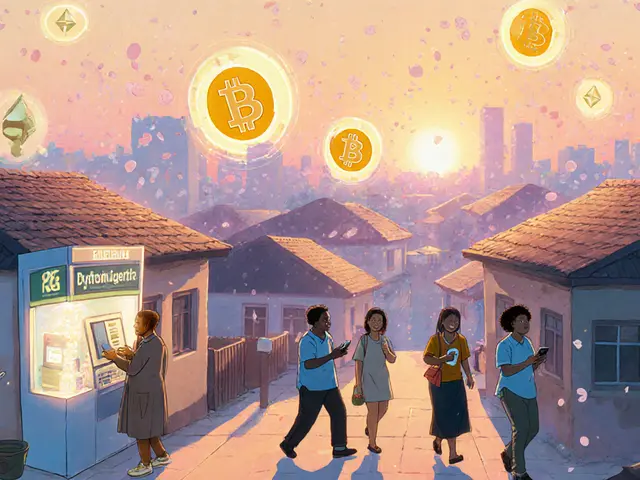Cake Bank Token Distribution: What Happened and Why It Matters
When Cake Bank token distribution, the process of allocating digital tokens to early supporters, investors, and team members in a blockchain project. Also known as token allocation, it determines who owns what from day one—and often predicts whether a project survives or fades away. Cake Bank’s approach followed a familiar pattern: a portion went to founders, another to investors, a slice to public airdrops, and the rest locked up for future development. But unlike successful projects that tied token release schedules to real milestones, Cake Bank’s timeline felt arbitrary. Many holders saw their tokens dump fast—not because the tech failed, but because the distribution didn’t match real-world incentives.
Token distribution isn’t just about numbers. It’s about tokenomics, the economic design behind a crypto token, including supply, distribution, and utility. Projects with balanced tokenomics—like Minswap or KlimaDAO—tie token unlocks to network growth, staking rewards, or community voting. Cake Bank didn’t. Its distribution looked more like a quick cash-out than a long-term plan. Compare that to the crypto airdrop, a free distribution of tokens to users to build early adoption. campaigns from Peanut.Trade or Faraland, where recipients had to complete simple tasks and stayed engaged. Cake Bank’s airdrop? No strings attached. No community building. Just tokens dropped into wallets and sold the next day.
What’s worse, the lack of transparency around vesting schedules and team holdings made people skeptical. If the core team held 20% of tokens with no lock-up, why should you hold yours? This isn’t theoretical. Look at ZT Exchange or Shido DEX—both had token distributions that favored insiders, and both collapsed under user distrust. The token distribution isn’t just a technical step. It’s a signal. It tells you who the project really serves. Cake Bank’s distribution said: "We’re here to raise money, not build something lasting."
Below, you’ll find real case studies of token launches that worked—and ones that didn’t. You’ll see how airdrops turned into ghost tokens, how vesting schedules fooled investors, and why some projects survive while others vanish. These aren’t abstract lessons. They’re the same patterns that doomed Cake Bank. If you’re holding tokens from any project, you need to know how they were handed out—and why.
CAKEBANK Airdrop: What We Know and What You Should Check Before Participating
There's no verified CAKEBANK airdrop from Cake Bank. The token trades at $0.00000207 with no official details, community, or exchange listings. Avoid scams and focus on proven 2025 airdrops instead.





